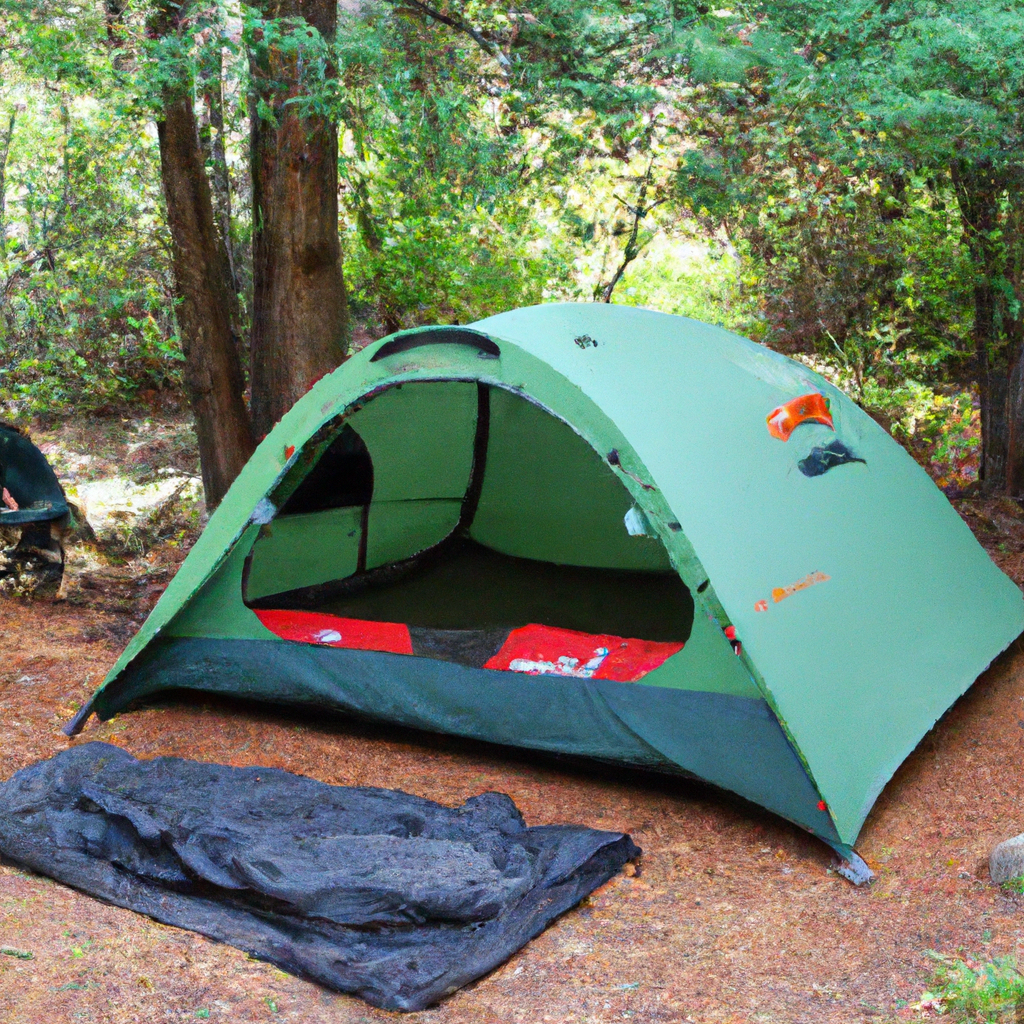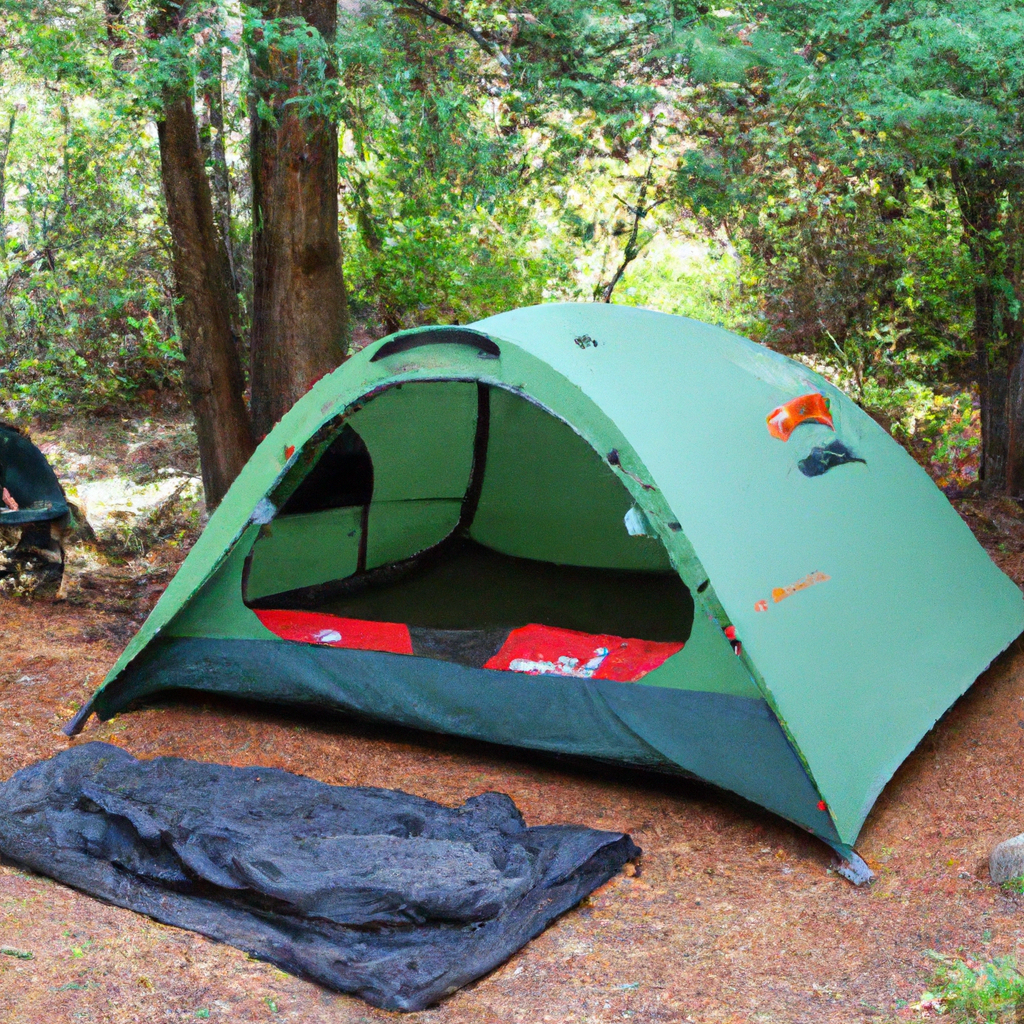Are you an adventure seeker ready to explore the untouched beauty of wilderness areas? If so, you might be wondering about the specific regulations you should be aware of before embarking on your camping trip. From wildlife protection to fire safety, understanding the rules and guidelines in place can ensure a harmonious experience with nature. Join us as we uncover the specific regulations for camping in wilderness areas, enabling you to have an unforgettable and responsible outdoor adventure.
Regulations for Camping in Wilderness Areas
Wilderness areas offer a unique opportunity to immerse yourself in nature and experience the great outdoors. However, to ensure the preservation of these pristine environments for future generations, there are specific regulations in place for camping in wilderness areas. By familiarizing yourself with these regulations, you can enjoy your camping experience while being responsible stewards of the environment.

Permits and Reservations
Before embarking on your wilderness camping adventure, it is important to check if a permit is required. Many wilderness areas have a limited carrying capacity to preserve fragile ecosystems and wildlife habitats. Permits help manage the number of visitors in a particular area and ensure that campsites are not overcrowded. Additionally, some popular wilderness areas may require advanced reservations to secure a spot for your camping trip. It is crucial to research and obtain any required permits or reservations well in advance to avoid disappointment.
Campsite Selection
When camping in wilderness areas, it is essential to choose your campsite wisely. Look for designated camping areas or established campsites whenever possible. These sites are usually marked or have clear indicators to minimize environmental impact and protect sensitive areas. Avoid camping near water sources to reduce the risk of contamination and disturbance to wildlife. It is important to follow any specific guidelines provided by park authorities regarding campsite selection to ensure the preservation of the wilderness.
Campfire Regulations
Campfires can be a delightful part of the camping experience, but they can also pose a significant risk to wilderness areas. To prevent the spread of wildfires and protect the surrounding environment, campfire regulations are enforced in many wilderness areas. Before lighting a campfire, check if fires are permitted in the specific area and any restrictions that may be in place. If campfires are allowed, use established fire rings or designated fire pits. Ensure that fires are fully extinguished before leaving your campsite and adhere to any restrictions on firewood collection to preserve the natural landscape.
Waste Management
Proper waste management is crucial for the preservation of wilderness areas. Always pack out what you pack in and dispose of waste properly. Carry a sufficient number of trash bags to separate different types of waste, such as food scraps, packaging materials, and pet waste if applicable. Avoid leaving any litter behind, as it can harm wildlife and disrupt the natural balance of the ecosystem. Be conscientious about recycling and make use of designated recycling facilities if available. Remember, leaving a clean campsite is one of the best ways to show respect for the wilderness.

Wildlife Interactions
Wilderness areas are home to a diverse range of wildlife species, and it is important to respect their natural habitats. Avoid feeding or approaching wildlife, as this can disrupt their natural behavior and create potential dangers for both humans and animals. Observe wildlife from a safe distance and use binoculars or long camera lenses to capture memorable moments without intruding on their space. Additionally, store food securely in animal-resistant containers to minimize the risk of attracting wildlife to your campsite.
Water Usage
Water is a precious resource in the wilderness, and its conservation is of utmost importance. To minimize your impact on the environment and ensure an adequate water supply for future campers, practice responsible water usage. Be mindful of any water restrictions or guidelines provided by park authorities. Use biodegradable soap when washing dishes or bathing to prevent the contamination of water sources. Carry a water filter to purify water from natural sources, such as streams or lakes, instead of relying on single-use plastic bottles. By using water wisely, you can help preserve the beauty of wilderness areas for generations to come.
Group Size Restrictions
To prevent overcrowding and mitigate environmental impact, wilderness areas often impose group size restrictions for camping. These restrictions vary depending on the specific regulations of each area. Before planning your camping trip, check if there are any limitations on the number of people allowed in a group. If restrictions exist, ensure that your group size complies with the regulations to ensure a harmonious experience for everyone and minimize the strain on the environment.
Length of Stay
Due to the high demand for camping in wilderness areas, there are often limits placed on the length of stay. These restrictions are in place to allow fair access to campsites and prevent long-term occupation of limited resources. Before setting out on your adventure, familiarize yourself with the length of stay regulations and plan your trip accordingly. If there are limitations, consider alternative campsites or schedule shorter camping trips to give others an opportunity to enjoy the wilderness as well.
Human Waste Disposal
Proper disposal of human waste is vital to protect the environment and prevent contamination of water sources. When camping in wilderness areas, use designated toilets if available. If such facilities are not provided, follow Leave No Trace principles for human waste disposal. Dig a 6-8 inch cathole at least 200 feet away from water sources, campsites, and trails. After use, cover the cathole with soil and natural materials. Practice good hygiene by washing hands with biodegradable soap and water, again keeping it at least 200 feet away from water sources.
Leave No Trace Principles
When camping in wilderness areas, it is essential to embrace and apply the principles of Leave No Trace. These principles provide a framework for responsible outdoor recreation and guide you on how to minimize your impact on the environment. In addition to practices already mentioned, Leave No Trace principles include packing out all trash, minimizing campfire impacts, staying on designated trails, and respecting wildlife. By following these principles, you can ensure that future generations can enjoy the beauty and serenity of wilderness areas.
In conclusion, camping in wilderness areas comes with specific regulations aimed at preserving these natural treasures. By obtaining permits and respecting campsite selection guidelines, adhering to campfire regulations, managing waste responsibly, minimizing wildlife interactions, practicing water conservation, and following group size and length of stay restrictions, you can minimize your impact on the environment. Responsible human waste disposal and embracing Leave No Trace principles further contribute to the preservation of wilderness areas. By abiding by these regulations, you can have a rewarding camping experience while safeguarding the stunning beauty and delicate balance of our precious wilderness areas.

